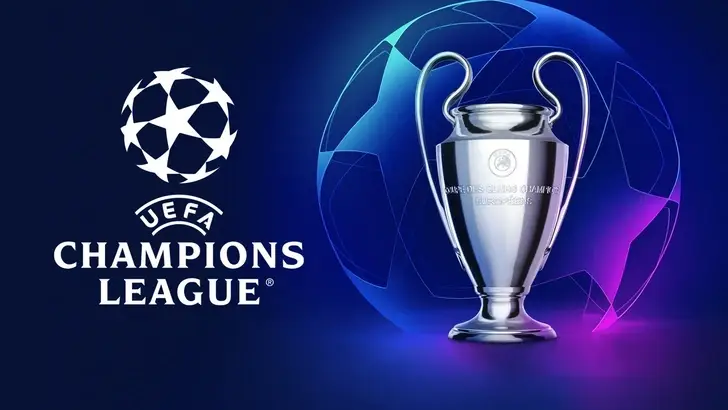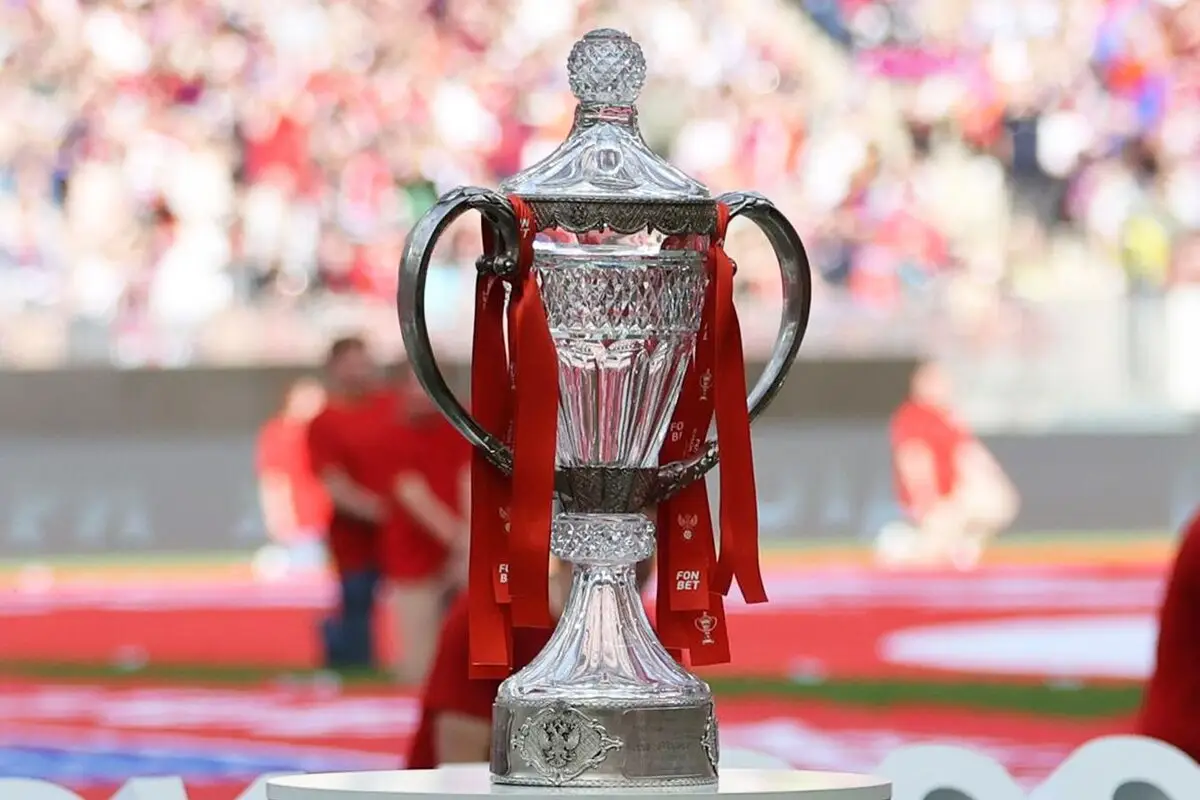The UEFA Champions League is a true festival of football, an annual marathon in which Europe’s best clubs compete for the continent’s top prize. The tournament attracts millions of spectators, fills stadiums with thousands of fans and creates stories that live on for decades to come. From the tactical games in the group stage to the drama of the finals, the competition continues to set the standard for football excellence.
The history of the UEFA Champions League: how it all began
The history of the UEFA Champions League began with a simple but ambitious idea to bring together Europe’s best clubs in one tournament to find out who was truly the continent’s strongest. It was a time when football was just beginning its international expansion and the creation of such a league was a significant step in history.

From the European Cup to the legendary competition
The UEFA Champions League began in 1955 as the European Champions Cup, in which only the winners of national championships participated. Since 1992, the tournament has taken on a new name and format and has become a truly spectacular and large-scale competition in which not only the champions now participate, but also the top clubs with top positions in the national championships.
The tournament has expanded in stages: while the number of participants was previously limited, from the late 1990s the 32 best teams in Europe were invited. This allowed more clubs to try their luck on Europe’s biggest stage. In the early 2000s, the competition got its current structure with a group stage and knockout stages, increasing the unpredictability and spectacle of the tournament.
Sponsors such as Heineken and Gazprom played a key role in the development of the tournament, which created all the conditions for exciting matches:
- Financing stadium infrastructure: sponsors invested in modernising and improving stadium facilities, ensuring the comfort of spectators and players.
- Organising advertising campaigns: sponsorship campaigns helped grow interest in the tournament and attract a global audience through various media and platforms.
- Prize money: sponsorship money was used to create large prize pools, which provided additional motivation for the teams.
- Broadcast and media support: major media companies such as BT Sport, Sky Sports and Canal+ acquired the rights to broadcast the matches, allowing football to reach millions of fans around the world.
The coordinated work of the organisers and sponsors helped create a truly great spectacle, which is becoming more popular and meaningful every year.
Tournament structure: Stages and rules of the UEFA Champions League
 The structure, thanks to its complex multi-stage format, creates the conditions for a real football spectacle. Each stage – from qualification to finals – adds unique drama and reveals the character of the teams and players.
The structure, thanks to its complex multi-stage format, creates the conditions for a real football spectacle. Each stage – from qualification to finals – adds unique drama and reveals the character of the teams and players.
From qualification to the final: the full structure of the tournament
The UEFA Champions League consists of several stages, from the qualifying rounds to the final. It all starts with the preliminary rounds, where the lower-ranked clubs fight for the right to qualify for the group stage. Only the strongest get through this testing period to join the top teams later.
There are 32 teams in the group stage, divided into eight groups of four clubs each. Each team plays each other twice, home and away, to ensure a level playing field and real football drama. The best two teams from each group qualify and advance.
The play-offs are the main intrigue of the tournament. Each play-off is a life-and-death battle. Teams fight to the end to reach the final, which usually takes place in late May or early June in one of Europe’s biggest stadiums. In recent years, for example, it has been held at Wembley (London), the Santiago Bernabeu (Madrid) and the Allianz Arena in Munich:
- Wembley, London: one of the most famous stadiums in the world, where the Champions League final has already been held several times, with an incredible atmosphere for the fans.
- Santiago Bernabeu, Madrid: the home stadium of Real Madrid, a legendary venue that symbolises football victories and triumphs.
- Allianz Arena, Munich: a modern stadium characterised by its unique architecture and spectator comfort, often the scene of great football battles.
Each of these stadiums offers a special atmosphere, giving the final matches even more meaning and grandeur.
UEFA Champions League participants: the teams and players making history
Every year, the UEFA Champions League brings together the best of European football, from the big clubs with a long history to newcomers aspiring to the top.
The leaders of the tournament and their successes
For decades, the UEFA Champions League has been dominated by clubs with a great history and a large fan base. Real Madrid is the record holder with 14 wins. This success has been made possible by strong teams, star players and legendary coaches such as Zinedine Zidane, who has led the club to victory three times in a row.
Other greats like Barcelona, Manchester United and Bayern are not missing either. Their successes have been made possible by leaders like Lionel Messi, Cristiano Ronaldo and Robert Lewandowski, who play an important role not only for their clubs, but also in the history of the tournament itself.
The competition also gives smaller clubs a chance to prove their worth on the international stage. José Mourinho’s Porto, for example, shocked the world in 2004 by winning the tournament, beating a host of favourites on their way to the final.
The most memorable moments in the UEFA Champions League: legendary matches and incredible comebacks
The UEFA Champions League is rich in moments that fans will always remember. One such moment was the final between Liverpool and Milan in 2005. The match ended in a 3-3 draw and in the penalty shootout, Liverpool triumphed with an incredible will to win. This final has gone down in history as one of the most dramatic and exciting in history.
Another unforgettable moment is the 2019 semi-final between Barcelona and Liverpool. After a 0-3 defeat in the first round, Liverpool managed to win 4-0 at home and qualify for the final, thrilling fans around the world. These stories show that anything is possible in the UEFA Champions League and that every match can change a team’s fate.

Conclusion
 The UEFA Champions League remains Europe’s premier club competition, attracting millions of fans and combining the best of football tradition with modern trends. The tournament is not just another competition, but a true platform for courage, skill and passion. Every year, the League confirms its status as the premier football event where dreams come true and legends are born before the eyes of the world.
The UEFA Champions League remains Europe’s premier club competition, attracting millions of fans and combining the best of football tradition with modern trends. The tournament is not just another competition, but a true platform for courage, skill and passion. Every year, the League confirms its status as the premier football event where dreams come true and legends are born before the eyes of the world.
 en
en  ru
ru  de
de  ar
ar  es
es  nl
nl  hi
hi  fr
fr  it
it  pt
pt  el
el 











